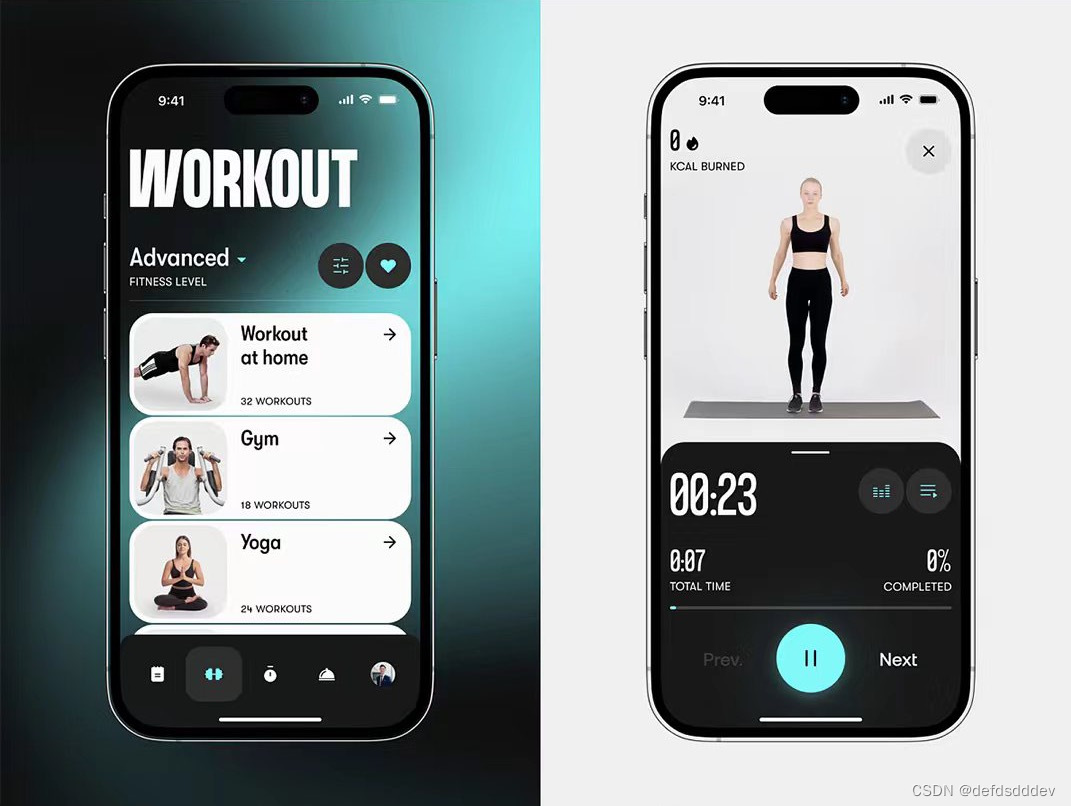Various frameworks are needed when developing an APP. These frameworks provide basic software functions and can reduce the workload of development. Therefore, proficient use of common frameworks in APP project development is a skill that developers need to master. Each framework has its own characteristics and applicable scenarios, and developers can choose the appropriate framework for development according to the needs of the project. Today I will share with you the iOS development framework, hoping to help you. Beijing Muqi Mobile Technology Co., Ltd., a professional software outsourcing development company, welcome to communicate.

iOS development mainly has the following frameworks:
1. UIKit: This is the most commonly used iOS development framework, which provides all the tools and interfaces to create and manage user interfaces, such as buttons, labels, sliders, table views, etc. UIKit also provides functions such as touch event handling, animation support, image processing, navigation, and controllers.
2. SwiftUI: This is a new framework introduced by Apple in 2019, which provides a declarative way to build user interfaces. Compared with UIKit, SwiftUI's code is more concise, easier to read and maintain. It also supports development across all of Apple's devices, including iOS, macOS, watchOS, and tvOS.
3. Core Data: This is a powerful framework for managing model layer objects, serializing objects, processing text, managing caches, etc. in the application. It provides an object graph and persistent storage solution, enabling developers to model data and store it locally.
4. Core Animation: This framework provides an easy way to create hardware-accelerated animations and transitions. It allows developers to easily implement complex animation effects without a deep understanding of the underlying details of animation.
5. Core ML: This is a machine learning framework provided by Apple, which allows developers to integrate various machine learning models in applications, such as image recognition, natural language processing, recommendation systems, etc.